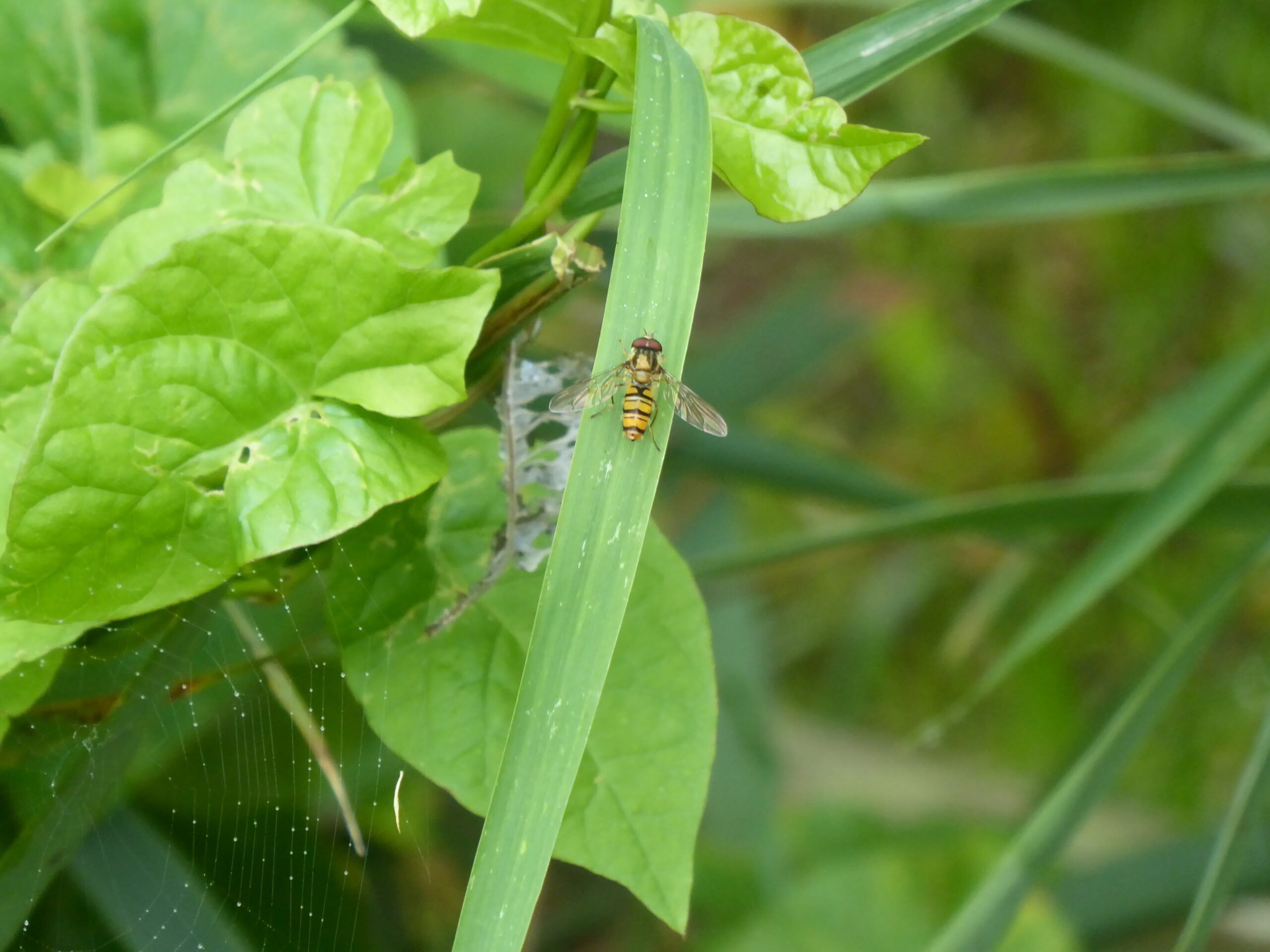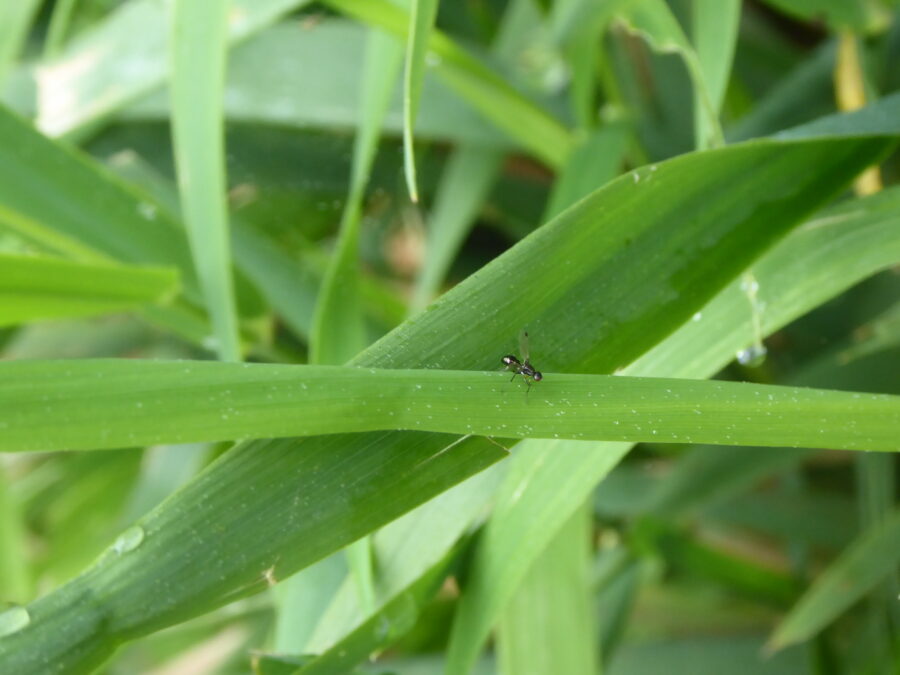Well, I wasn’t expecting to see the Kingcup in bloom until the spring, but the mild spell we had after the washout of late-summer, has also led to the blossoming of our Bramley Apple tree in the garden.
The Kingcup is one of my favourite flowers in the watermeadow! It is also known as the Marsh-marigold. The Latin name Caltha palustris means Marsh Goblet and refers to the shape of the flower.
It is thick-stemmed with round water-lily style leaves and flowers like supersize buttercups. Interestingly, it has no petals. The burst of colour comes from bright yellow sepals, which in other flowers are the leaf-like wrappers for the buds.
The kingcup is perennial, and flowers April to August with occasional blooms at other times. Ours has only flowered once every spring so far. This is the first time it has bloomed twice in a year. It is found in wet and marshy habitats, with oxygen-rich water.
On the Kingcup you will see a Marmalade Hoverfly, previously noted in August. I think the other fly is an Oscinella Frit, a type of Frit or Grass Fly (Chloropidae).


